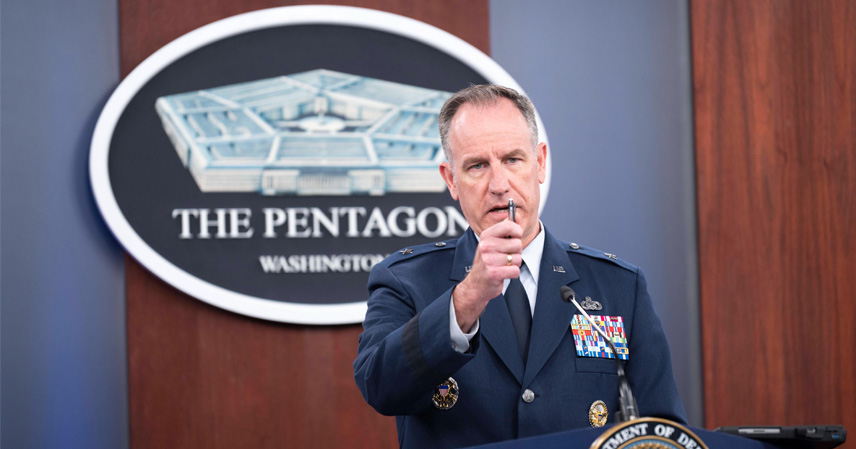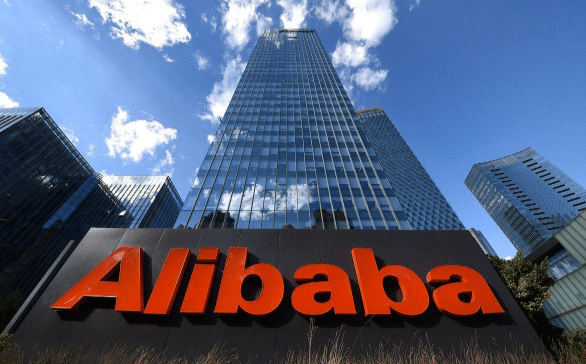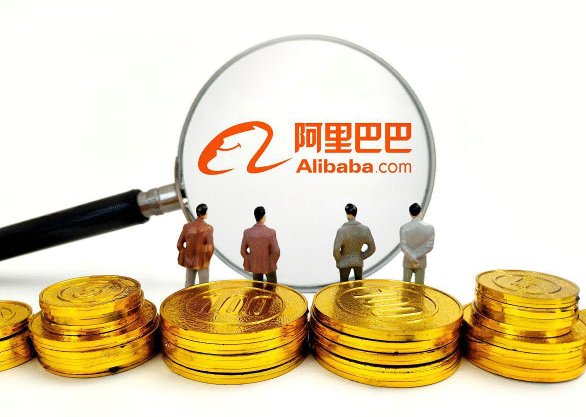In October 2025, the Financial Times reported that Pakistan is planning to develop a new port at Pasni, in collaboration with U.S. investors, with an estimated budget of $1.2 billion. This project, located in Balochistan province, is just 112 kilometers from the Chinese-invested Gwadar Port, raising significant concerns for China’s overseas strategy. Here are three critical lessons from the project’s potential development.
Warning 1: Geopolitical Counterbalance and Strategic Risk
The location of the proposed Pasni port is significant. Originally a modest fishing town, Pasni is only 160 kilometers from the Iranian border and lies near the Strait of Hormuz, a vital energy shipping route. The development plans include building a railway that will connect mineral-rich inland areas to the port, enhancing the transportation of antimony — a key raw material the U.S. military industry urgently needs after China’s 2024 export ban.
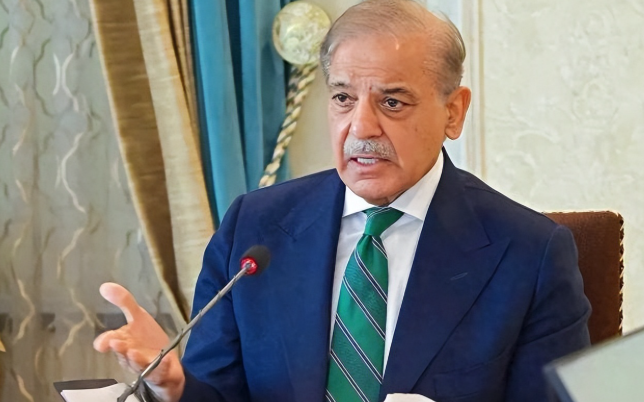
This development could counterbalance the presence of China in the region. Gwadar Port, located along the China-Pakistan Economic Corridor (CPEC), has become a key Chinese strategic asset. With massive investments in infrastructure, China has turned Gwadar into a state-of-the-art port capable of accommodating large vessels, with direct routes bypassing the Strait of Malacca to the Middle East. However, the development of Pasni Port, just hours away from Gwadar, appears to serve as a direct geopolitical countermeasure, potentially diminishing China’s influence in the region.
Warning 2: The Fragility of Economic Cooperation
Pakistan is currently facing an economic crisis with skyrocketing inflation and significant debt. Despite continued aid from China, the country needs substantial external investment to unlock its mineral resources, particularly as the mining sector contributes only 3% to its GDP. The U.S. has pledged $500 million in financial support for the development of these mineral resources, which could be crucial for Pakistan’s recovery.
However, this kind of economic dependency presents vulnerabilities in the partnership. China’s role in developing Gwadar has been far more comprehensive, involving not just port construction but also the establishment of surrounding industrial zones, creating a long-term, sustainable development model. In contrast, the Pasni project remains in its early stages, and financial and political instability in both Pakistan and the U.S. could prevent the $1.2 billion investment from materializing.
Furthermore, Pakistan’s shifting stance on resource exports raises alarms. In late 2024, the country imposed a ban on exporting antimony and other dual-use materials to the U.S., only to focus on antimony as a primary resource at Pasni. This policy flip could have a lasting impact on existing agreements, and such unpredictability in resource exports could threaten China’s long-term supply chain security.
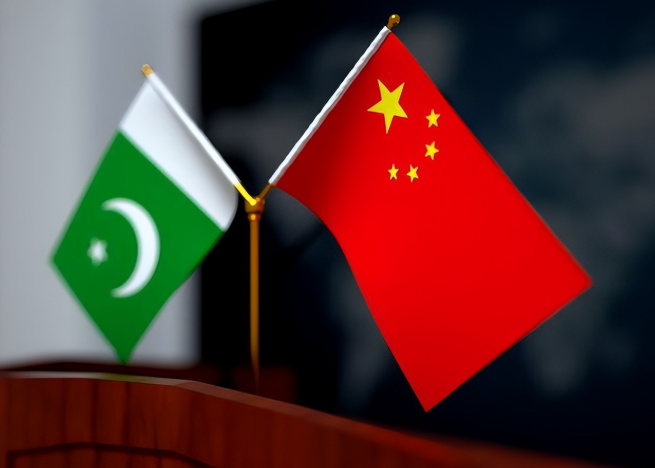
Warning 3: The Systemic Gaps in Strategic Planning
Although Gwadar Port is a well-developed infrastructure, it has room for improvement in regional coordination and risk mitigation. On the other hand, the U.S. strategy surrounding Pasni demonstrates a more systemic approach, with significant investments not only in infrastructure but also in securing resource extraction and transportation routes. The U.S. has already established agreements with Pakistan’s military engineering departments to ensure smoother project execution, illustrating a comprehensive “security-resource-infrastructure” model.
This difference highlights a critical gap in China’s approach. While Gwadar’s cargo throughput has grown year by year, Pakistan has yet to set clear targets for its trade flows, which remains a challenge in establishing Gwadar as an irreplaceable logistics hub. In comparison, Pasni Port is strategically tied to mining, offering the U.S. a more integrated control over the resource supply chain.
Moreover, the complex security situation in Balochistan has long disrupted infrastructure projects, with separatist movements targeting development efforts. The U.S. and Pakistan’s experience in military cooperation could provide a strategic advantage in overcoming these challenges.
Conclusion: The Ongoing Strategic Game
As of October 2025, the Pasni port project has not yet entered the official approval process, and the U.S. government has not made definitive statements regarding its investment commitment. However, the possibility of Pakistan’s strategic hedging between the U.S. and China remains significant. The future of the Pasni Port hinges on various factors, including U.S. financial support, domestic security, and the balancing of major power interests.
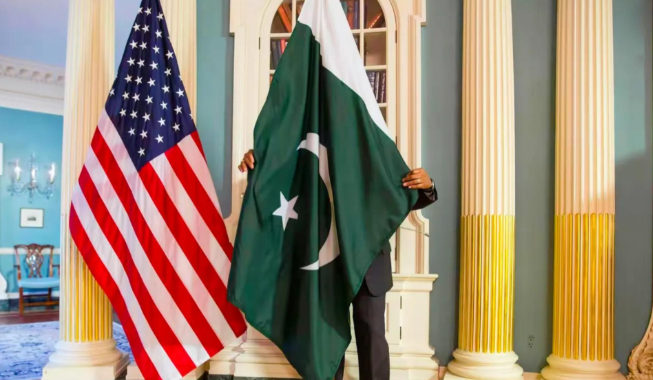
For China, the development of Pasni Port signals a potential challenge to its dominance in the region. The ongoing upgrades to Gwadar Port and the acceleration of CPEC infrastructure are clear indications that China is strengthening its competitive position. However, the Pasni development underscores the importance of deeper cooperation models that integrate ports with industrial zones and multi-resource logistical networks to mitigate risks.
China’s long-term strategy must be shaped by lessons from the Pasni project: deepen “port + industry” integration, create diverse resource channels, and reinforce regional security mechanisms to safeguard its overseas interests.

